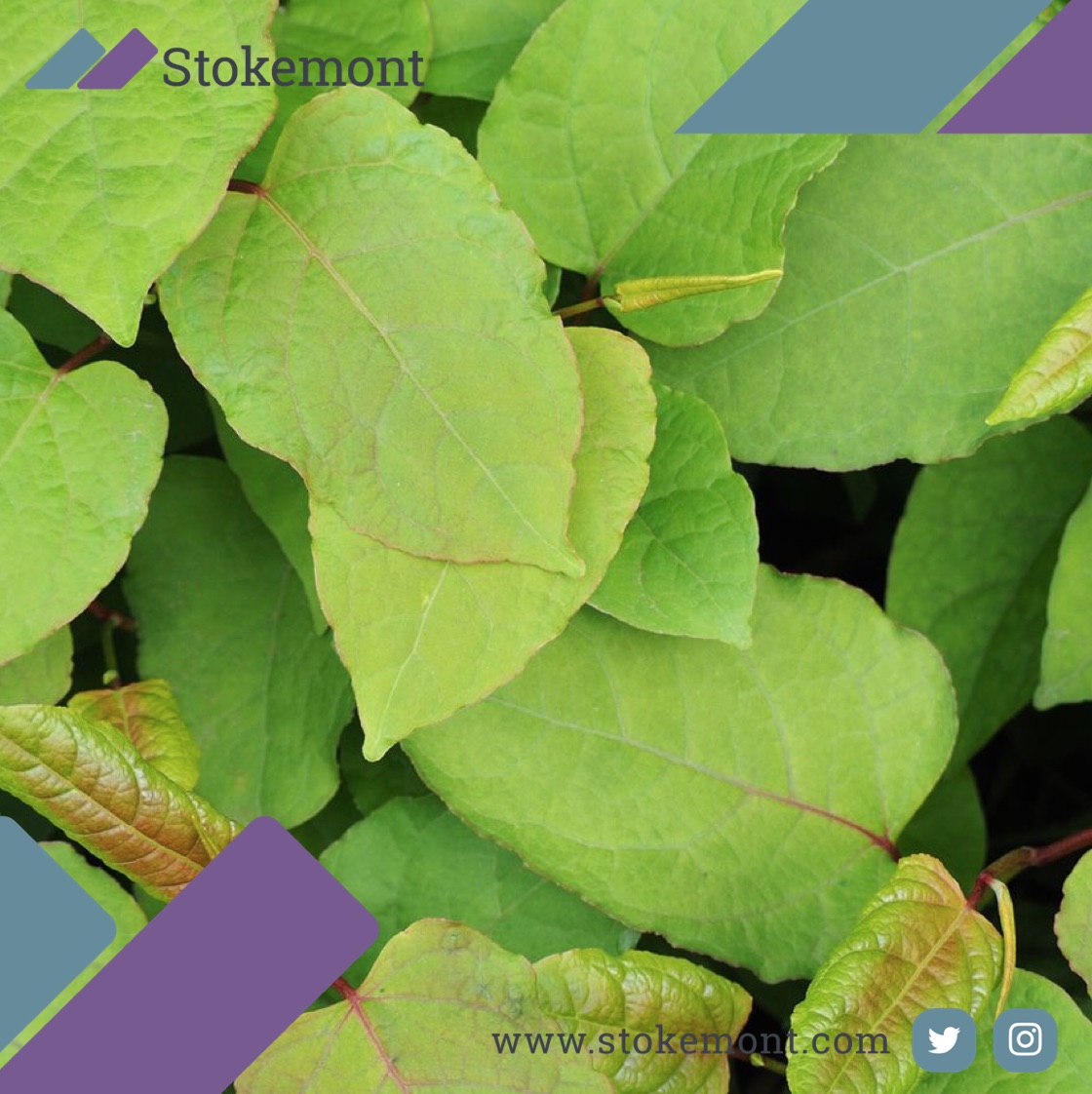There are many different types of plant that you should probably think about when it comes to looking after your garden or property. Japanese knotweed has just one of those issues that you will probably have to deal with on a regular basis.
So, with that being said, let’s take a look at what makes the plant harmful, why it shouldn’t be allowed to bloom and grow, and why you need to eradicate it as soon as you come into contact with it.
What’s Knotweed
This is a defect we commonly see on RICS Homebuyer Reports.
Japanese knotweed is a herbaceous plant that was first introduced into the United Kingdom in the late 19th century, although the exact date is not known specifically. Knotweed is a plant which is something akin to bamboo, growing in large groups and potentially reaching heights that exceed 4 m.
Appearance
Japanese knot weed has an appearance which will change according to what season is taking place in the UK at that point. For example, during autumn, you will see flowers that are white in colour, which then die back to the ground level.
The plant is known to grow best during the spring and the summer, achieving heights of around 3 m every time it does. This can take roughly 10 weeks to do, and the roots that can get put down can reach up to 20 m.
Japanese knotweed can be a serious problem because it can penetrate structures made of concrete and destabilise structural integrity, damage and destroy pipework and drains, undermine the strength of walls in the garden, thus causing a collapse, and even destroy buildings in extreme measures.
Eradication
Eradicating Japanese knotweed is a very sensible thing to do, and means that the plant will not be able to thrive or reproduce. It is recommended that you are deliberate and quick when it comes to removing, making sure to get the roots out even if they have gone down 20 m.
This is not the kind of plan that you will want to allow to build up a presence, because once it does, it will become very difficult to remove. If you happen to run across it, you should act quickly and remove it as soon as possible. Understandably, there are many different ways that you can remove a plant like this, but a pesticide would probably be the most effective method.
In conclusion, Japanese knotweed is a fascinating plant, albeit one which can cause serious issues for the structural integrity of the building. If you do intend to deal with this plant, you need to be swift and firm in your eradication of it. This is the only way to make sure that you do not have to deal with multiple instances of the plant regrowing. It’s important to note that with all plants, if even the smallest amount remains, it will begin to grow again and re-establish a present, so you have to be thorough in removing it.
if you’d like to discuss how we can be off assistance to you with your property purchasing requirements, give us a call today.




